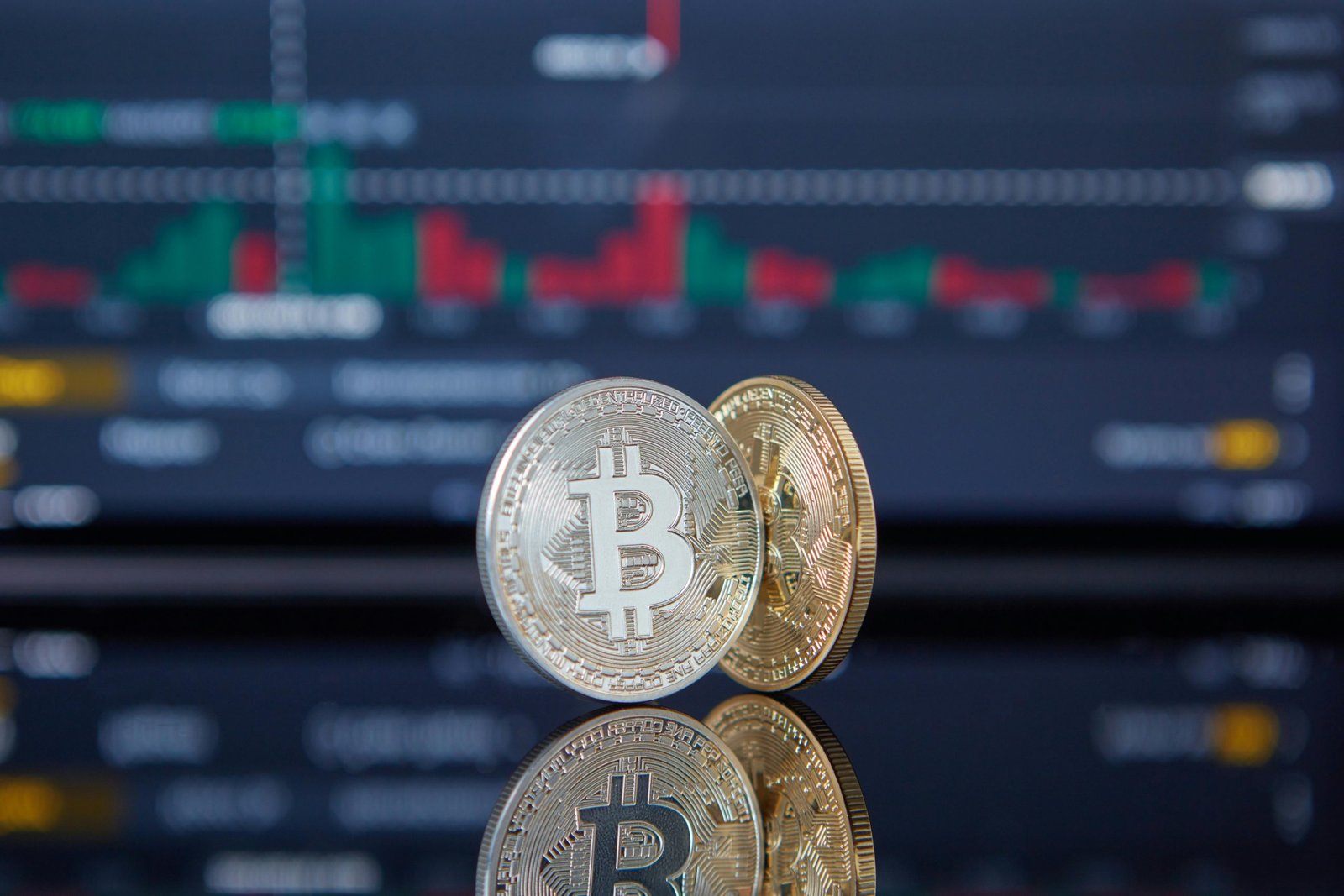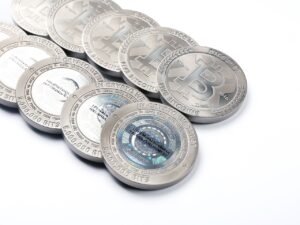Introduction
Meme coins have become a fascinating and sometimes controversial part of the cryptocurrency ecosystem. Originally started as a joke, these digital assets have grown into a multi-billion-dollar industry, gaining significant attention from retail investors, influencers, and even institutions. While traditional cryptocurrencies like Bitcoin and Ethereum focus on decentralization, security, and utility, meme coins often derive their value from community engagement, viral marketing, and speculative trading.
In this article, we will explore the role of meme coins in the crypto ecosystem, their history, their impact on the market, and what the future holds for these unconventional digital assets.
The Origins of Meme Coins
Meme coins emerged as a playful take on the serious nature of traditional cryptocurrencies. The first and most well-known meme coin, Dogecoin (DOGE), was created in 2013 by Billy Markus and Jackson Palmer as a joke based on the popular “Doge” meme featuring a Shiba Inu dog. Despite its humorous origins, Dogecoin gained a loyal following and eventually became a widely recognized digital asset.
Following Dogecoin’s success, many other meme-based cryptocurrencies were launched, often mimicking Dogecoin’s branding and community-driven approach.
Notable Meme Coins:
- Dogecoin (DOGE): The original meme coin, supported by figures like Elon Musk and used for tipping and donations.
- Shiba Inu (SHIB): Marketed as the “Dogecoin Killer,” it gained popularity due to its ecosystem expansion and DeFi functionalities.
- PepeCoin (PEPE): Inspired by the Pepe the Frog meme, it gained traction among internet culture enthusiasts.
- Floki Inu (FLOKI): Named after Elon Musk’s dog, it capitalized on the social media hype around pet-based meme coins.
The Role of Meme Coins in the Crypto Market
1. Community-Driven Investment and Market Sentiment
Unlike traditional cryptocurrencies that rely on technological innovations or institutional backing, meme coins thrive on community engagement and social media influence. Platforms like Twitter, Reddit, and TikTok play a crucial role in their market movements.
2. Low Barrier to Entry for New Investors
Meme coins often have a low price per token, making them accessible to retail investors who may feel priced out of Bitcoin or Ethereum. This affordability contributes to their viral nature and attracts speculative traders looking for quick profits.
3. Volatility and Speculation
Meme coins are known for extreme price volatility. Unlike Bitcoin and Ethereum, which have growing institutional adoption and long-term use cases, meme coins often see drastic price swings based on celebrity endorsements, social media trends, and hype cycles.
4. Charity and Philanthropic Efforts
Some meme coins have been used for charitable causes. Dogecoin, for instance, has been used in fundraisers for causes like clean water initiatives, sports sponsorships, and disaster relief.
5. Influence of Celebrities and Social Media
Meme coins often receive price boosts from celebrity endorsements. Elon Musk’s tweets about Dogecoin, for example, have led to significant price increases and mainstream attention.
Challenges and Criticisms of Meme Coins
1. Lack of Fundamental Utility
Most meme coins do not offer innovative blockchain technology or practical use cases. Their value is often driven purely by speculation and hype.
2. High Risk for Investors
Due to their volatility, meme coins can lead to massive gains but also severe losses. Many investors have lost money by buying at peak prices during hype cycles.
3. Scams and Rug Pulls
The rise of meme coins has also led to a surge in scams and “rug pulls” where developers abandon projects after raising significant funds from investors.
4. Regulatory Concerns
Governments and financial regulators are increasingly scrutinizing speculative cryptocurrencies, including meme coins. Future regulations could impact their trading and accessibility.
The Future of Meme Coins
While meme coins were initially dismissed as a joke, their continued popularity suggests that they have carved out a niche within the crypto space. Some possible future developments include:
1. Ecosystem Expansion
Projects like Shiba Inu have moved beyond being just meme coins by introducing decentralized exchanges (ShibaSwap), NFT platforms, and staking mechanisms. More meme coins may follow suit by integrating additional functionalities.
2. Increased Institutional Involvement
Despite their speculative nature, some institutions and exchanges are listing meme coins, indicating a potential shift toward mainstream acceptance.
3. Long-Term Community Growth
The survival of meme coins depends on their ability to maintain and grow strong communities. Engaged and dedicated holders can help sustain the value and relevance of these coins.
4. Regulatory Developments
Governments worldwide are evaluating how to regulate meme coins to protect investors from fraudulent projects. Future regulations may introduce new rules regarding meme coin listings and trading practices.
Conclusion
Meme coins have undeniably played a unique role in the cryptocurrency ecosystem, driving mass adoption, entertainment, and social media engagement. While they present significant risks, they also demonstrate the power of community-driven projects in the digital asset space. Whether meme coins will continue to thrive or fade away depends on market sentiment, regulatory developments, and their ability to innovate beyond being just internet jokes. Investors should always conduct thorough research and understand the risks before investing in meme coins, as their value is often dictated by trends rather than fundamental utility.



